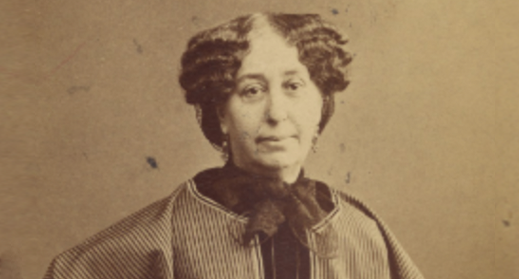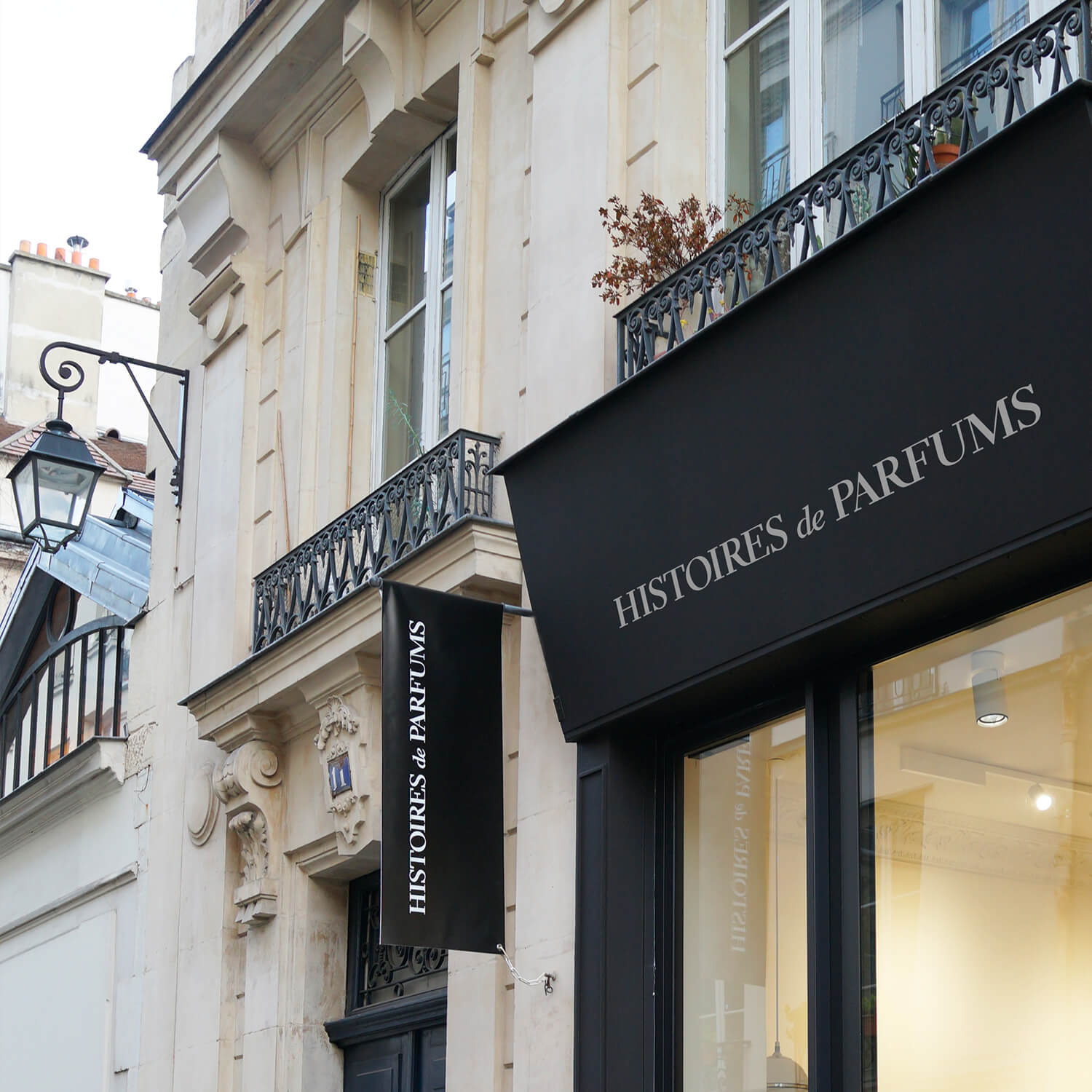
1804 - George Sand

In July 1804, Paris, a great French novelist was born. Known as Amandine Aurore Lucile Dupin, Baronne Dudevant: she was Aurore… before George. Her pseudonym of George Sand would only later source inspiration from her contradictory upbringing and life of ambiguity. After all, as in life, no great novel is simple or easy. 1804 is sweet fruits and sensuous florals progressed by the free-spirited heady aroma of spice; this is the perfume of a gripping novel, an androgynous pen name, and a steadfast irreverence for female conventions.
Aurore was the kin of a noble father, a descendant of the Polish king, and a plebeian mother. The contrast of a well-heeled life and an impoverished one—“The blood of kings is mixed in my veins with the blood of the poor and the young”—imprinted in Aurore the disparity in qualities of life in nineteenth century France. Upon moving to her grandmother’s Nohant estate, another paradox was born: urban and rural. At the estate, Aurore received a well-rounded education in literature, writing, hospitality, and how to manage an estate. She learned proper french and the local dialect. Another meeting of opposites.
In 1817 Aurore entered a convent, realizing a life completely different yet again. Soon, she meets her husband, François Casimir Dudevant, lawyer of the royal court, and they marry in 1822. Their children Maurice and Solange were born in 1823 and 1828. Aurore eventually leaves Casimir, discovering that she and marriage were immiscible, a topic she would continue to develop in her novels.
The newly independent Aurore crosses paths with an editor, Jules Sandeau, and in 1831 leaves Nohant for Paris to meet his literary group of young Berrichons (habitants of Berry). She and Jules had an affair, and she begins to draft the novel Rose et Blanche, edited by her lover. The book was published under Aurore’s first iteration of an androgynous pen name: J. Sand. Only men could write books.
Next Aurore wrote Indiana, one of her best known works, in 1832. This time, however, Jules did not allow her to attribute it to “J. Sand,” due to his lack of contribution. Thus with the publication of Indiana, George Sand, one of the most influential French writers, was born. In choosing the American spelling of George, Aurore embeds into her literary identity a sense of ambiguity. The novel itself centers on a woman in an unhappy marriage with a despotic husband. The heroine sought freedom like a man—with many lovers of her choosing. Sand’s heroine exhibits a feminist rebelliousness and a unique conceptual self-consciousness in discriminating the freedom of the mind and body of a woman.
George Sand didn’t only explore masculinity in name, but also in dress. Whether Sand wore trousers while out riding, dressed in men’s clothing while walking around Paris unattended, or engaged in masculine behavior by openly smoking cigarettes, she was always experimenting with dualities, existing in the gray area.
As a free woman, before and after she separated from her husband in 1836, George Sand had an insatiable love life. Between 1833 and 1835, she was in a passionate relationship with the French dramatist Alfred de Musset. She and Frederic Chopin, renowned composer, were lovers between 1838 and 1846, each with a unique respect for the other’s art. Sand went on to have many more lovers that allowed her person and her literature to evolve.
At the downfall of the second republic, and the advent of Napoleon III’s second empire in 1848, Sand left Paris and returned to the countryside. Here, she wrote today’s most treasured novels: rustic and pastoral. These novels centered around the oral tradition of the Berry; they were framed within a peasant’s context. In this time, Sand’s feminism evolved into a form of socialism understood as basic human rights, particularly for the poor.
George Sand was the first woman in history to live by her pen. Committed to writing, she found that literature was a powerful means to experiment with life, and express her political beliefs. In the tumultuous nineteenth-century, George Sand—woman, author, activist—built her own enduring legacy imbued with a unique multiplicity, modernity, and fearlessness. She will forever be on the right side of history.
About 1804
An ovarian Peach from Corsica and a syrupy female Pineapple from Hawaii first ascend your nose in 1804, an undoubtedly dynamic and yonic composition. Fruit here is a metaphor. Without warning, you’ll become nose-drunk on the luscious aromas of tropical Gardenia and Indian Jasmine, blurring the line between a woman’s perfume and an ambrosial nectar. More florals swirl in this woman’s potion: Moroccan Rose and Lily of the Valley, in bright shades of white and pink.. They are both dizzying and delightful, both tender and strong. Clove and Nutmeg—warm and savory—disrupt the flowers and the fruits. These heady spices add depth and grip to the sweet juiciness of the opening and the butteriness of a floral heart. Ticks of Patchouli among a creamy base of sweet Sandalwood, resinous Benzoin and balsamic Vanilla carry on the spicy density and bite of 1804. Feminist, modern and unafraid, 1804 is the fragrance of George Sand’s feminine energy—unapologetically edenic.





